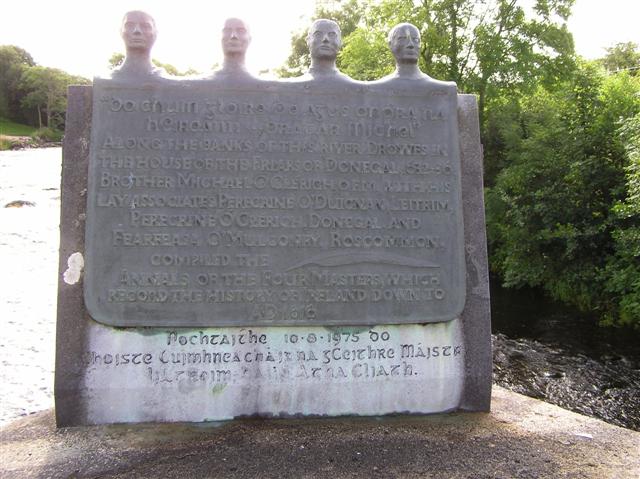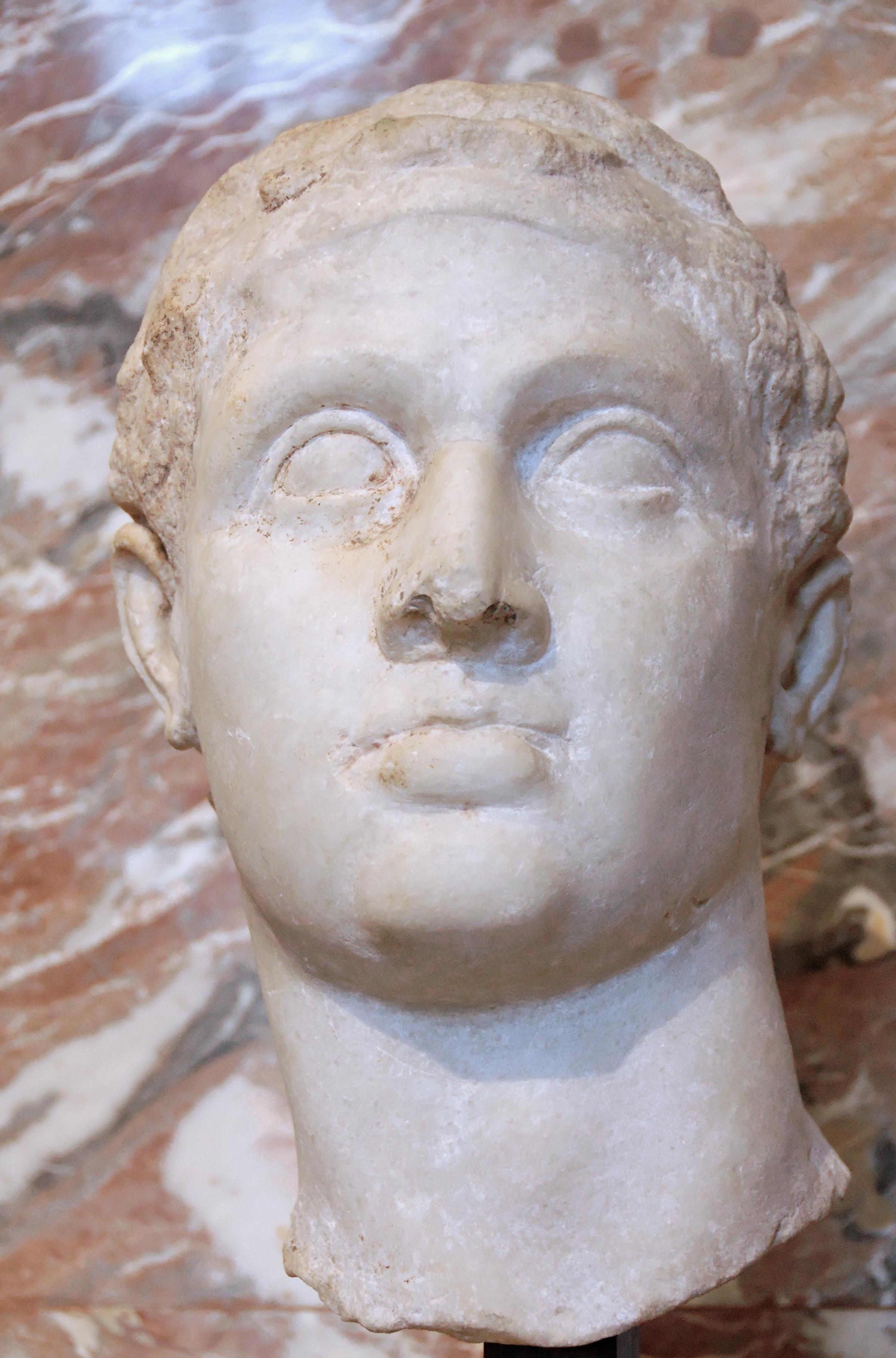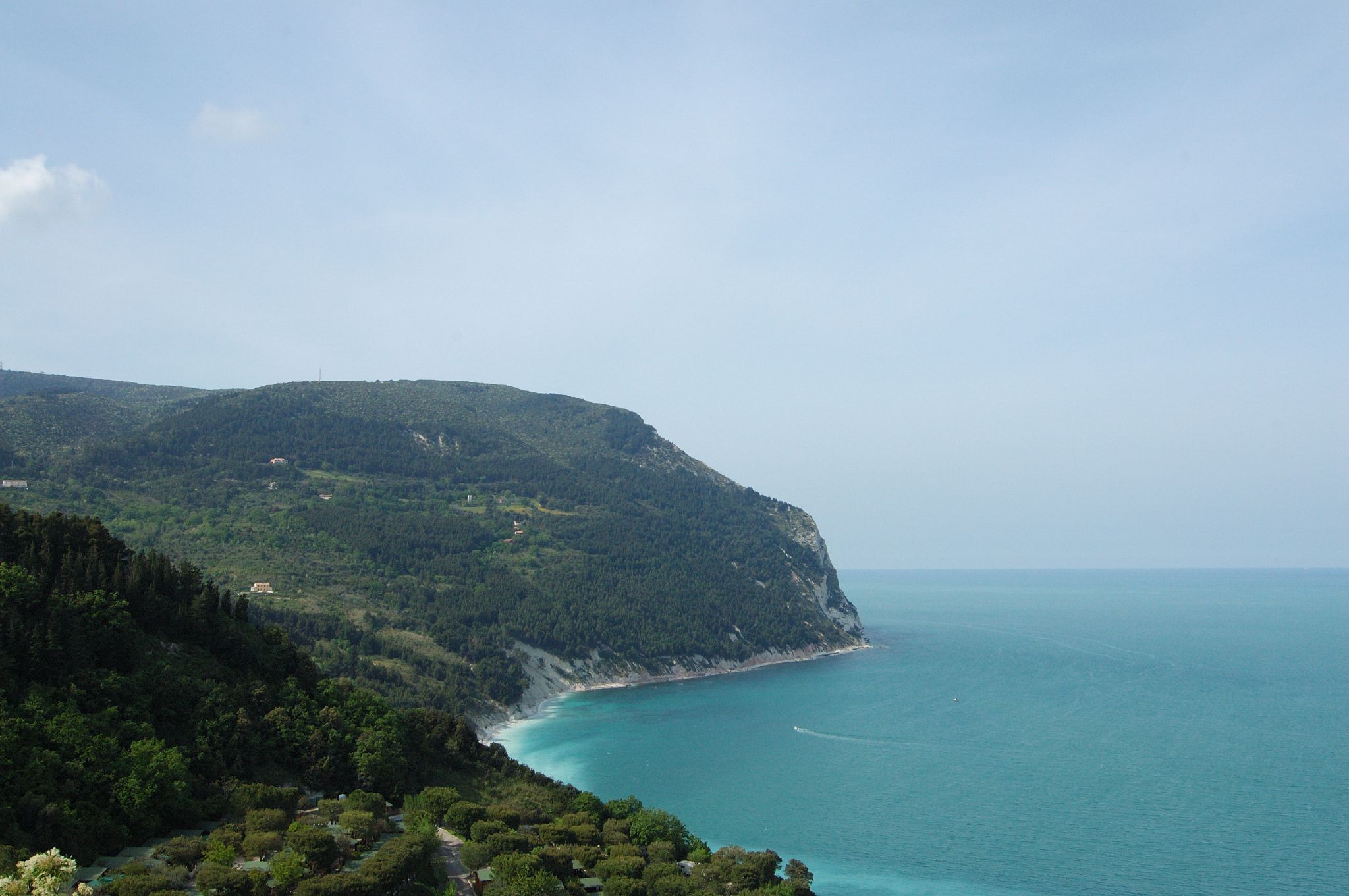|
Fachtna Fáthach
Fachtna Fáthach ("the wise"), son of Cas (or Ross), son of Rudraige, was, according to medieval Irish legend and historical tradition, a High King of Ireland. He came to power when he defeated the previous High King, Dui Dallta Dedad, in the battle of Árd Brestine. According to some stories he was the lover of Ness, daughter of Eochaid Sálbuide, king of Ulster, and the father of her son, Conchobar mac Nessa, the king of Ulster in the stories of the Ulster Cycle. After he had reigned for sixteen or twenty-five years, he paid a visit to Ulster. While he was there, Eochu Feidlech, king of Connacht, raised an army and marched on Tara. With the support of the Ulstermen, Fachtna challenged him to battle. Eochu agreed, and named the battlefield as Leitir Ruad in the Corann, Connacht. During the battle Eochu surrounded and beheaded Fachtna, and became High King in his place. Time frame The ''Lebor Gabála Érenn'' synchronises Fachtna's reign with the Roman civil war between Caes ... [...More Info...] [...Related Items...] OR: [Wikipedia] [Google] [Baidu] |
Dictionary Of The Irish Language
''Dictionary of the Irish Language: Based Mainly on Old and Middle Irish Materials'' (also called "the DIL"), published by the Royal Irish Academy, is the definitive dictionary of the origins of the Irish language, specifically the Old Irish, Middle Irish, and Early Modern Irish stages up to c. 1700; the modern language is not included. The original idea for a comprehensive dictionary of early Irish was conceived in 1852 by the two preeminent Irish linguists of the time, John O'Donovan and Eugene O'Curry; however, it was more than sixty years until the first fascicle (the letter D as far as the word , compiled by Carl J. S. Marstrander) was published in 1913. It was more than sixty years again until the final fascicle (only one page long and consisting of words beginning with H) was published in 1976 under the editorship of E. G. Quin. The full dictionary comprises about 2500 pages, but a compact edition (four original pages photoreduced onto one page) was published in 1983 () ... [...More Info...] [...Related Items...] OR: [Wikipedia] [Google] [Baidu] |
Corann
Corann was an ancient Irish túath in northwest Connacht represented now by the present barony of Corran in County Sligo. The name is derived in legend from Corann, the harper of Dian Cecht of the Tuatha Dé Danann. Organisation Ballymote became the centre of the túath after construction of Ballymote Castle in the 13th century. History The well of Corann that alternated between sweet water and salt in time with the ebb and flow of the tide. It was first shired as part of the new County Sligo by the English Lord Deputy Sir Henry Sidney Sir Henry Sidney (20 July 1529 – 5 May 1586), Lord Deputy of Ireland, was the eldest son of Sir William Sidney of Penshurst, a prominent politician and courtier during the reigns of Henry VIII and Edward VI, from both of whom he received ... in 1564. References Medieval Ireland Historic Gaelic Territories {{Sligo-geo-stub ... [...More Info...] [...Related Items...] OR: [Wikipedia] [Google] [Baidu] |
Cycles Of The Kings
The Cycles of the Kings or Kings' Cycles, sometimes called the Historical Cycle, are a body of Old and Middle Irish literature. They comprise legends about historical and semi-historical kings of Ireland (such as ''Buile Shuibhne'', "The Madness of King Suibhne"), stories about the origins of dynasties and peoples (such as '' The Expulsion of the Déisi''), accounts of significant battles (such as ''Battle of Mag Mucrama''), as well as anecdotes that explain rites and customs. It is one of the four main groupings of early Irish sagas, along with the Mythological Cycle, the Ulster Cycle and the Fianna Cycle. The kings that are included range from the almost entirely fictional Labraid Loingsech, who allegedly became High King in the 4th century BC, to the entirely historical Brian Boru. Other kings include Cormac mac Airt, Niall of the Nine Hostages, Conall Corc, Diarmait mac Cerbaill, Lugaid mac Con, Conn of the Hundred Battles, Lóegaire mac Néill and Crimthann mac Fidaig ... [...More Info...] [...Related Items...] OR: [Wikipedia] [Google] [Baidu] |
List Of High Kings Of Ireland
Medieval Irish historical tradition held that Ireland had a High King (''Ard Rí'') based at Tara since ancient times, and compilations like the 11th-century '' Lebor Gabála Érenn'', followed by Early Modern works like the ''Annals of the Four Masters'' and '' Foras Feasa ar Éirinn'', purported to trace the line of High Kings. John T. Koch explains: "Although the kingship of Tara was a special kingship whose occupants had aspirations towards supremacy among the kings of Ireland, in political terms it is unlikely that any king had sufficient authority to dominate the whole island before the 9th century". Máel Sechnaill I is often considered the first historical High King, although he faced some opposition. Applying the title to earlier kings is considered anachronistic, while kings from before the 5th century are generally considered legendary. The traditional list of High Kings is thus a mixture of historical facts and legend. The annals describe some later High Kings ... [...More Info...] [...Related Items...] OR: [Wikipedia] [Google] [Baidu] |
Amergin Mac Eccit
Amergin, also spelled Amorgen, Amairgin, Aimhirghin, Amorghain, may refer to: *Amergin Glúingel, poet and druid of the Irish Mythological Cycle * Amergin mac Eccit, poet and hero of the Irish Ulster Cycle *Amergin of Maigh Seóla Amergin of Maigh Seóla, father of Finbarr of Cork, fl. c. 550. Amergin is described as an artisan from Connacht, and a member of the Uí Briúin. He is said to have belonged to a branch that ruled Maigh Seóla, although they would not be con ... ( 550), father of Finbarr of Cork, Ireland *Amergin, a crater on Europa {{Disambiguation ... [...More Info...] [...Related Items...] OR: [Wikipedia] [Google] [Baidu] |
Findchóem
Findchóem (also spelled Finnchóem, Findcháem, Finncháem, Fionnchaomh) is a character from the Ulster Cycle of Irish mythology. The sister of the Ulster king Conchobar mac Nessa, she is the wife of the poet Amergin, the mother of Conall Cernach Conall Cernach (modern spelling: Conall Cearnach) is a hero of the Ulaid in the Ulster Cycle of Irish mythology. He had a crooked neck and is said to have always slept with the head of a Connachtman under his knee. His epithet is normally transl ... and the wet-nurse of Cúchulainn. Ulster Cycle {{celt-myth-stub ... [...More Info...] [...Related Items...] OR: [Wikipedia] [Google] [Baidu] |
Annals Of The Four Masters
The ''Annals of the Kingdom of Ireland'' ( ga, Annála Ríoghachta Éireann) or the ''Annals of the Four Masters'' (''Annála na gCeithre Máistrí'') are chronicles of medieval In the history of Europe, the Middle Ages or medieval period lasted approximately from the late 5th to the late 15th centuries, similar to the post-classical period of global history. It began with the fall of the Western Roman Empire a ... Irish history. The entries span from the Flood myth, Deluge, dated as 2,242 Anno Mundi, years after creation to AD 1616. Publication delay Due to the criticisms by 17th century Irish historian Tuileagna Ó Maol Chonaire, the text was not published in the lifetimes of any of the participants. Text The annals are mainly a compilation of earlier annals, although there is some original work. They were compiled between 1632 and 1636, allegedly in a cottage beside the ruins of Donegal Abbey, just outside Donegal (town), Donegal Town. At this time, howeve ... [...More Info...] [...Related Items...] OR: [Wikipedia] [Google] [Baidu] |
Foras Feasa Ar Éirinn
''Foras Feasa ar Éirinn'' – literally 'Foundation of Knowledge on Ireland', but most often known in English as 'The History of Ireland' – is a narrative history of Ireland by Geoffrey Keating, written in Irish and completed .Bernadette Cunningham, ‘Keating, Geoffrey eathrún Céitinn(b. c.1580, d. in or before 1644)’, Oxford Dictionary of National Biography, Oxford University Press, 2004accessed 17 Sept 2015/ref> Outline It begins with a preface in which Keating defends the honour of Ireland against the denigrations of writers such as Giraldus Cambrensis,Bernadette Cunningham"Geoffrey Keating’s ''Foras Feasa ar Éirinn''" ''History Ireland'' Vol. 9 issue 1, Spring 2001, retrieved 17 September 2015 followed by a narrative history in two parts: part one, from the creation of the world to the arrival of Christianity in the 5th century, and part two, from the 5th century to the coming of the Normans during the 12th century. [...More Info...] [...Related Items...] OR: [Wikipedia] [Google] [Baidu] |
Geoffrey Keating
Geoffrey Keating ( ga, Seathrún Céitinn; c. 1569 – c. 1644) was a 17th-century historian. He was born in County Tipperary, Ireland, and is buried in Tubrid Graveyard in the parish of Ballylooby-Duhill. He became an Irish Catholic priest and a poet. Biography It was generally believed until recently that Keating had been born in Burgess, County Tipperary; indeed, a monument to Keating was raised beside the bridge at Burgess, in 1990; but Diarmuid Ó Murchadha writes, In November 1603, he was one of forty students who sailed for Bordeaux under the charge of the Rev. Diarmaid MacCarthy to begin their studies at the Irish College which had just been founded in that city by Cardinal François de Sourdis, Archbishop of Bordeaux. On his arrival in France he wrote ''Farewell to Ireland'', and upon hearing of the Flight of the Earls wrote ''Lament on the Sad State of Ireland''. After obtaining the degree of Doctor of Divinity at the University of Bordeaux he returned about 161 ... [...More Info...] [...Related Items...] OR: [Wikipedia] [Google] [Baidu] |
Cleopatra VII
Cleopatra VII Philopator ( grc-gre, Κλεοπάτρα Φιλοπάτωρ}, "Cleopatra the father-beloved"; 69 BC10 August 30 BC) was Queen of the Ptolemaic Kingdom of Ancient Egypt, Egypt from 51 to 30 BC, and its last active ruler.She was also a diplomat, Ancient navies and vessels, naval commander, linguist, and Ancient Greek medicine, medical author; see and . A member of the Ptolemaic dynasty, she was a descendant of its founder Ptolemy I Soter, a Ancient Macedonians, Macedonian Greek general and Government of Macedonia (ancient kingdom)#Companions, friends, councils, and assemblies, companion of Alexander the Great. writes about Ptolemy I Soter: "The Ptolemaic dynasty, of which Cleopatra was the last representative, was founded at the end of the fourth century BC. The Ptolemies were not of Egyptian extraction, but stemmed from Ptolemy Soter, a Macedonian Greek in the entourage of Alexander the Great."For additional sources that describe the Ptolemaic dynasty as ... [...More Info...] [...Related Items...] OR: [Wikipedia] [Google] [Baidu] |
Pompey
Gnaeus Pompeius Magnus (; 29 September 106 BC – 28 September 48 BC), known in English as Pompey or Pompey the Great, was a leading Roman general and statesman. He played a significant role in the transformation of Rome from republic to empire. He was (for a time) a student of Roman general Sulla as well as the political ally, and later enemy, of Julius Caesar. A member of the senatorial nobility, Pompey entered into a military career while still young. He rose to prominence serving the dictator Sulla as a commander in the civil war of 83–82 BC. Pompey's success as a general while young enabled him to advance directly to his first Roman consulship without following the traditional '' cursus honorum'' (the required steps to advance in a political career). He was elected as Roman consul on three occasions. He celebrated three Roman triumphs, served as a commander in the Sertorian War, the Third Servile War, the Third Mithridatic War, and in v ... [...More Info...] [...Related Items...] OR: [Wikipedia] [Google] [Baidu] |
Julius Caesar
Gaius Julius Caesar (; ; 12 July 100 BC – 15 March 44 BC), was a Roman general and statesman. A member of the First Triumvirate, Caesar led the Roman armies in the Gallic Wars before defeating his political rival Pompey in a civil war, and subsequently became dictator from 49 BC until his assassination in 44 BC. He played a critical role in the events that led to the demise of the Roman Republic and the rise of the Roman Empire. In 60 BC, Caesar, Crassus and Pompey formed the First Triumvirate, an informal political alliance that dominated Roman politics for several years. Their attempts to amass power as were opposed by the within the Roman Senate, among them Cato the Younger with the frequent support of Cicero. Caesar rose to become one of the most powerful politicians in the Roman Republic through a string of military victories in the Gallic Wars, completed by 51 BC, which greatly extended Roman territory. During this time he both invaded Britain an ... [...More Info...] [...Related Items...] OR: [Wikipedia] [Google] [Baidu] |



